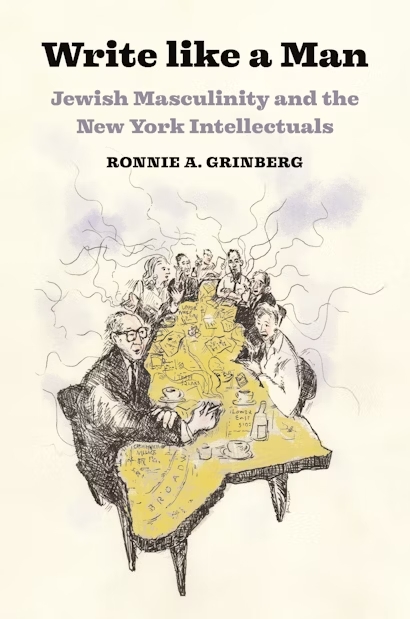The house style of the early Partisan Review was hard-headed, truculent, dismissive of religiosity (‘mystification’), academicism and ‘folk culture’, sceptical of the American weakness for self-serving sincerity and sanctimony. McCarthy’s theatre reviews could be witty and amusing, but the magazine was mostly indifferent to the frivolous. With the exception of an occasional movie (both Lionel Trilling and Norman Podhoretz engaged in cinematic cinq-à-sept), mass culture’s pleasures were hard to admit. Clement Greenberg argued in a 1939 PR essay that kitsch drew on ‘simulacra of genuine culture’. Apart from drinking a lot, the PR writers were American Jewish puritans.
After a decade, Rahv and Phillips put together an anthology called The Partisan Reader. The magazine had started with eight hundred subscribers in 1937; by 1946, it had six thousand. The cover style would last for decades: a solid box of colour enclosing the letters ‘PR’ in the upper right corner and a larger vertical rectangle of the same colour on the lower left, enclosing articles listed in order; no decoration, no emphasis, the general aspect of an old insurance company office door with its employees plainly listed. ‘Our principal interest, editorially,’ they wrote in the afterword to the anthology, ‘was in bringing about a rapprochement between the radical tradition on the one hand and the tradition of modern literature on the other – a rapprochement that virtually all left-wing magazines had in the past done their utmost to prevent.’ Their insistence on advanced new literature as part of radicalism’s strength was centrally influenced by Trotsky, whose intellectual independence and literary brilliance they admired without adhering to his programme of world revolution. In 1938 Trotsky had contributed an article from exile in Mexico. ‘Art, like science, not only does not seek orders, but by its very essence, cannot tolerate them … Truly intellectual creation is incompatible with lies, hypocrisy and the spirit of conformity.’
The joining of advanced politics and advanced art was for forty years PR’s justification and its boast. But in the early days, for all their bravado, the editors weren’t always sure what they wanted. They began with a rueful acknowledgment: the battle for acceptance of the great modern writers had been won by the previous literary generation. ‘They came late,’ Howe wrote of the PR editors in 1969. Their notion that journalistic criticism was the highest and most vital calling for a non-fiction writer wasn’t new either. At first, they struggled to find their own enthusiasms. They were tired of Hemingway, very slow to warm up to Faulkner and conventionally dismissive of Virginia Woolf. Rahv, 1943: ‘There is a crucial fault even in Mrs Woolf’s grasp of [the tradition of English poetry and of the poetic sensibility], for she comprehends it one-sidedly, and perhaps in much too feminine a fashion, not as a complete order but first and foremost as an order of sentiments.’
